How to swap to a lighter foundation if you've been stuck on full-coverage formulas for too long
Switching to a natural-looking and comfortable sheer formula could be just the thing...

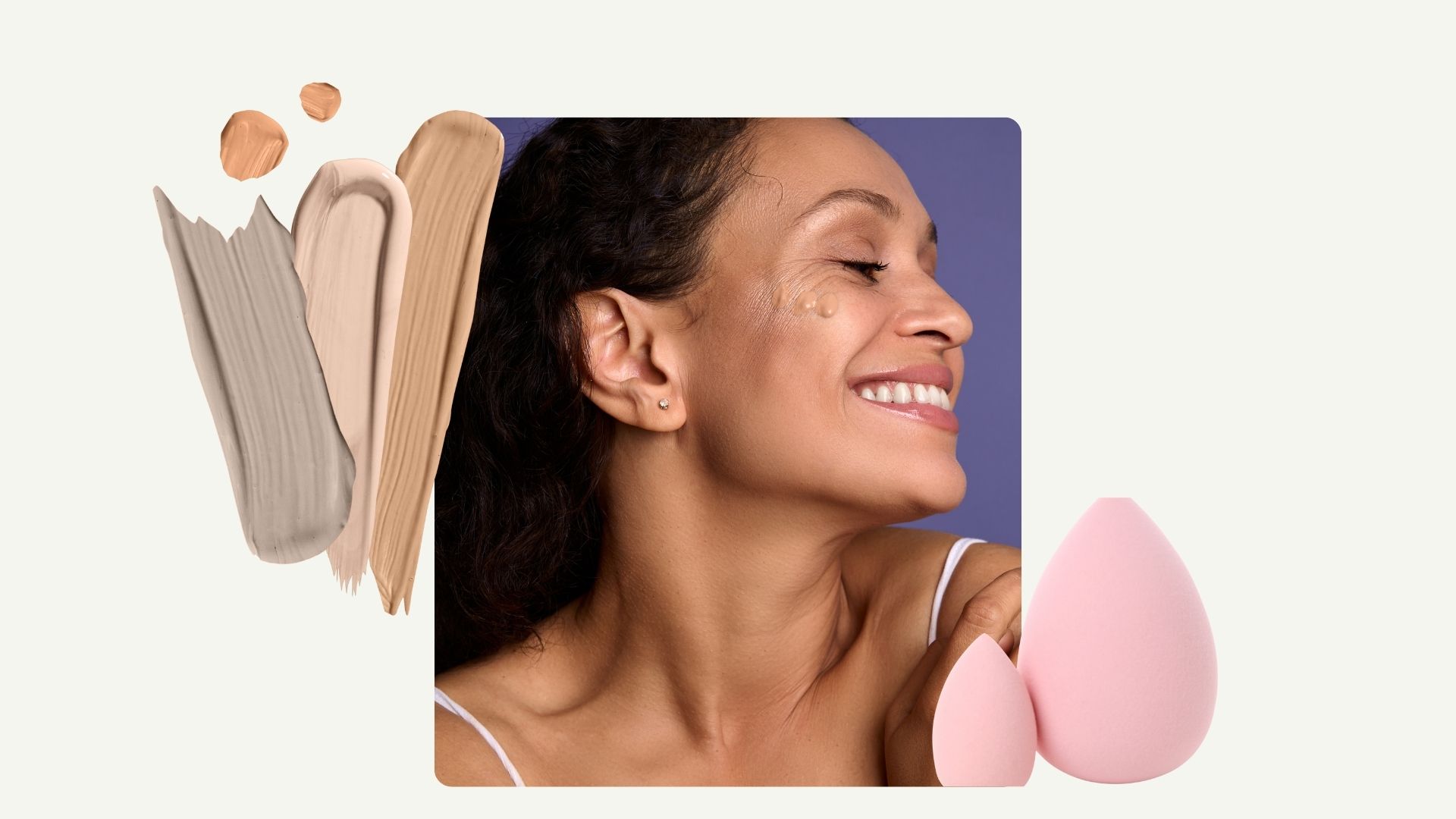
Foundation is the cornerstone of any makeup look, setting the scene for blusher, bronzer and highlighter, and yet, it’s also the only part that you don't want anyone to notice.
If you’ve always hidden behind the comfort blanket of a high-coverage foundation, it might be time to switch it up. Opaque formulas don’t always serve us - they can feel moisture-sapping, cling to rough patches and gather in lines.
This is where the best lightweight foundations come in. Softer, fresher, and geared towards enhancing rather than masking your natural skin, these weightless, breathable foundations will coax you away from full-on camouflage.
How to swap to a lighter foundation, according to makeup artists
Making the switch can feel daunting. That's why we’ve enlisted pro make-up artists to offer their wisdom on how to swap to a lighter foundation, and make it work for your skin type and coverage needs. For the most youthful, healthy-looking and luminous skin, less is definitely more!
1. Put in the prep
When you see a flawless-faced celebrity on the red carpet, it’s not all down to make-up. Their skin is massaged, masked and moisturised before the first squirt of foundation goes anywhere near their face. You could have the best foundation in the world, but if your skin is dry and depleted, it’s never going to sit as nicely.
“Using your hands to massage and lift the skin with moisturiser and SPF for at least three minutes a day will help ensure the skin is plump with moisture ready for make-up,” explains award-winning makeup artist, Lan Nguyen-Grealis. She also recommends applying a face mask before your base. “They give an instant plumping effect, and help your make-up stay on for longer.”
2. Build up coverage
“After you let the skincare sink in for a minute or two, it’s time to apply your base,” explains Melanie Barrese, Professional makeup artist and Global Education Director at BY TERRY. “It’s always better to apply lightly and slowly build the coverage. If you find you want more cover, repeat the process but really look at where you need it as opposed to just building layer upon layer.”
Sign up to our free daily email for the latest royal and entertainment news, interesting opinion, expert advice on styling and beauty trends, and no-nonsense guides to the health and wellness questions you want answered.
To encourage a light application, Melanie warns against applying the product directly to your skin. “Instead, add a small amount to the back of your hand, then swirl your brush into the foundation. You can then dot the brush on key areas like cheeks, chin and forehead, then start to blend across the face with light circular motions.”
3. Get clever with concealer
By their very nature, lightweight foundations are on the sheer side. Don’t let this put you off. Just top up with targeted concealer to help you cover up anything you’d rather not reveal to the world.
“For me, concealer is a real secret weapon,” says Melanie. “They are highly pigmented, so great for covering imperfections, and a little goes a long way. Think ‘where do I need coverage?’ as opposed to just applying them all over like a mask.”
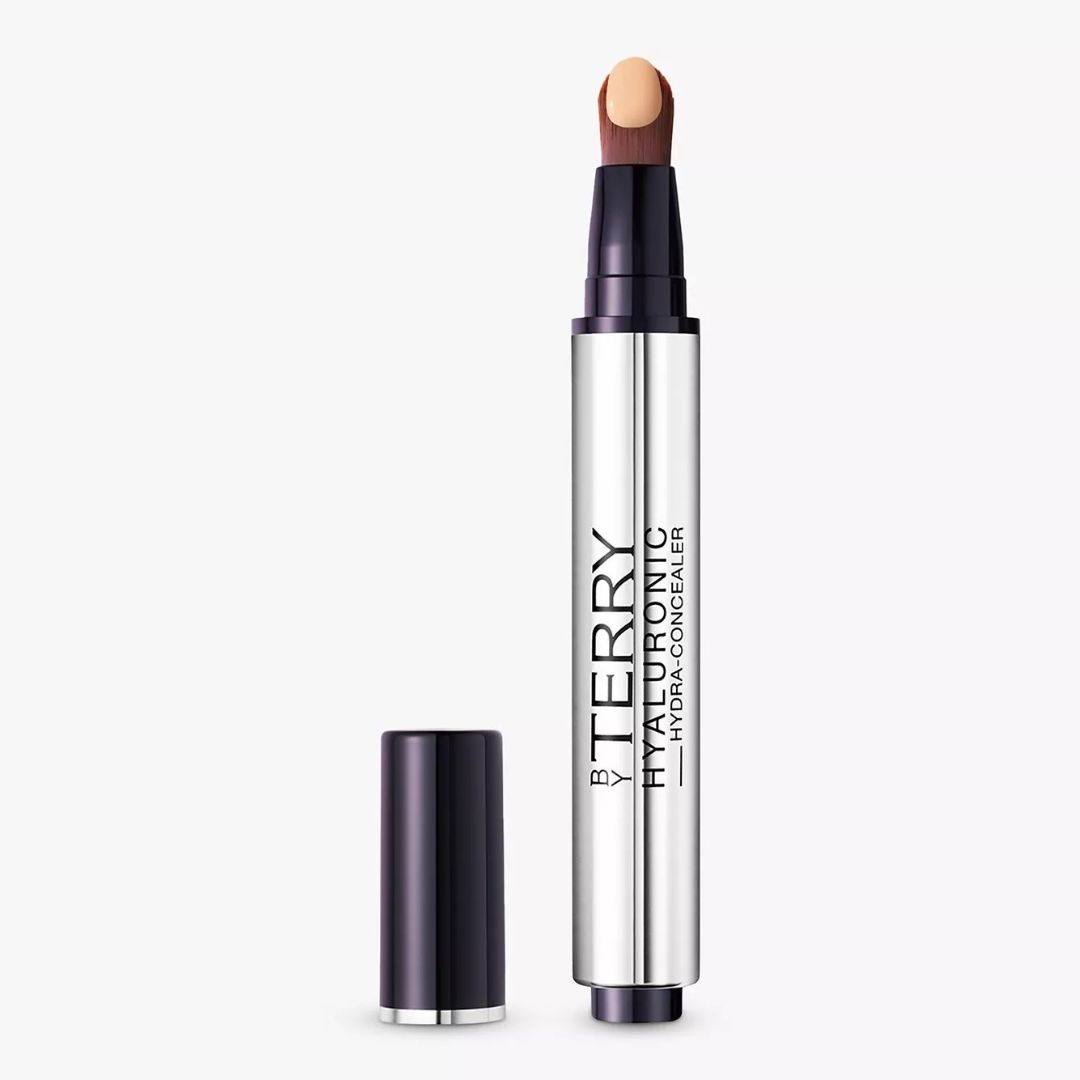
RRP: £39
This lightweight formula is cleverly blended with hydrating hyaluronic acid, so it won't sink into wrinkles. Eyes look refreshed and bright, and the coverage is buildable.
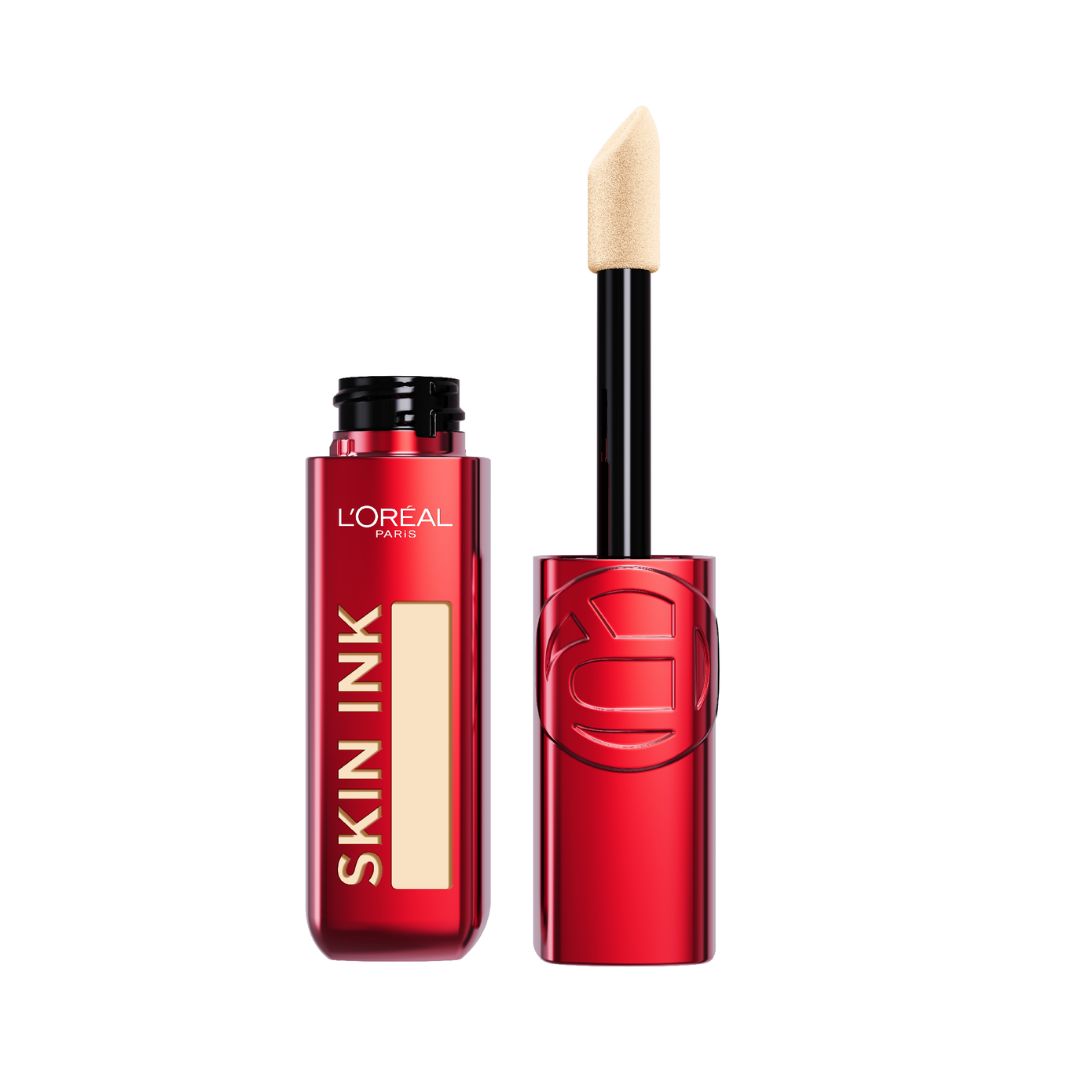
RRP: £14.99
For those more stubborn imperfections like dark spots and pimples, this opaque concealer will help hide them. The soft matte finish is great for oily skin types, and stays put for up to 48 hours.
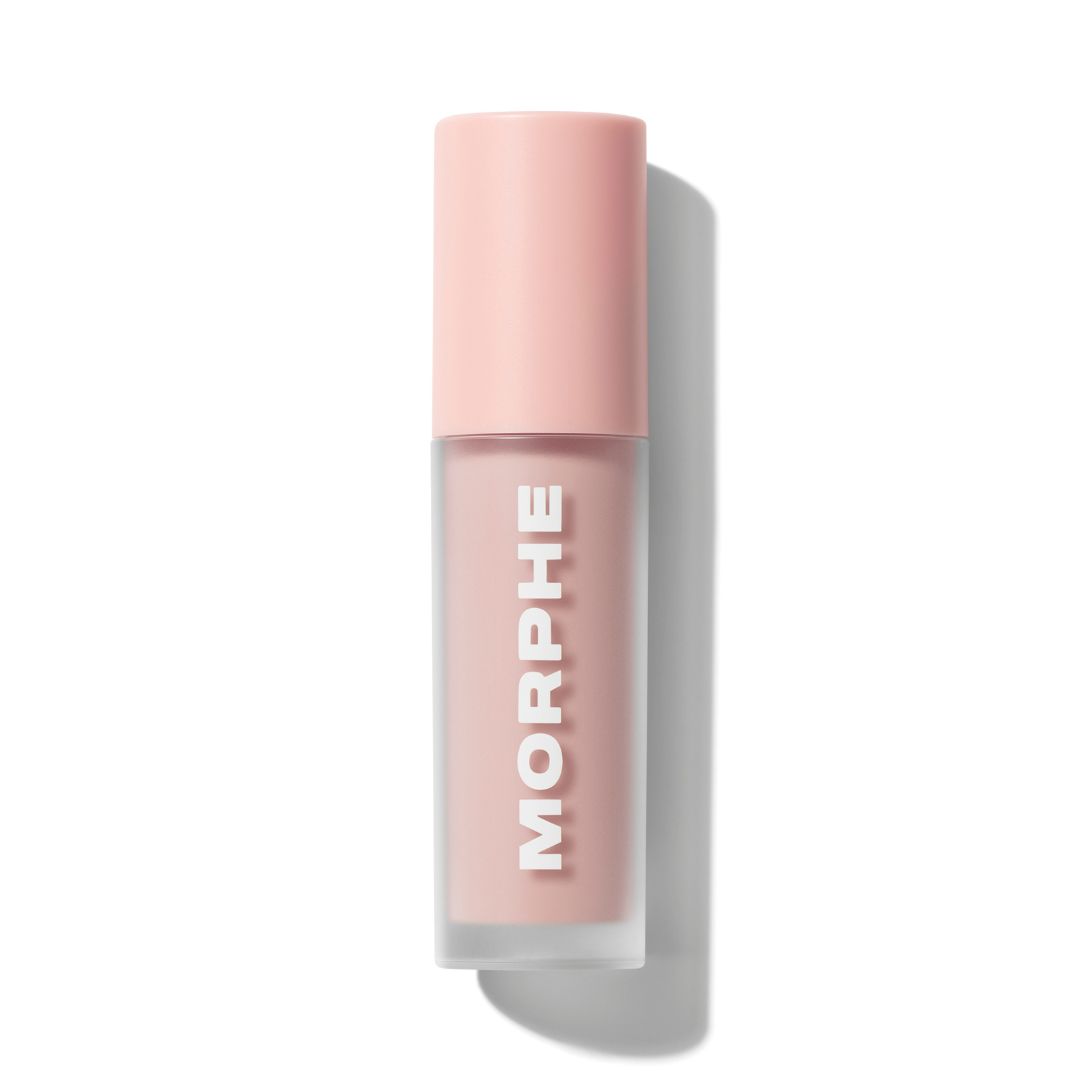
RRP: £7
This concealer is powered by arnica, tremella mushroom and hyaluronic acid, which improve dark circles over time. You'll also benefit from the immediate improvement of buildable colour-correcting pigments.
4. Dilute, don't ditch
The good news is you don't automatically have to swap out your favourite foundation if you’re suddenly in the market for softer, sheerer coverage. Mix a drop of moisturiser or hydrating primer with your chosen base to subtly sheer out the formula and let more of your natural complexion shine through.
5. Try a skin tint
Skin tints and serum foundations create a weightless, second-skin effect. Unlike a standard tinted moisturiser, many of them are powered by skincare-level ingredients, so they tend to have a more luminous, glowy finish.
While this means that they often contain less pigment than fuller-coverage foundations, their buildable nature and light-scattering finish mean they’ll help to blur imperfections and redness. The added skin-replenishing and conditioning ingredients will particularly benefit mature skin types.
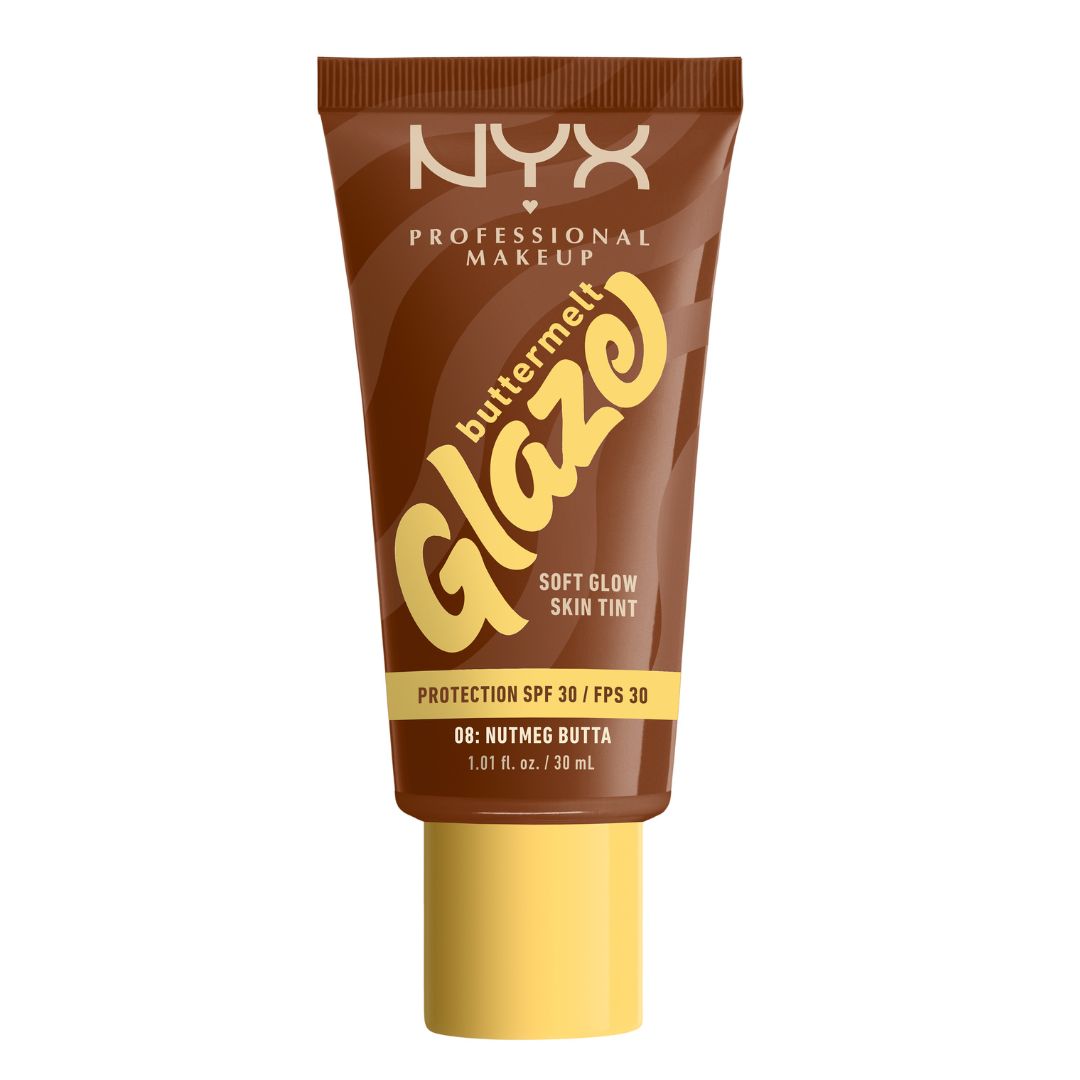
RRP: £13.99
For a real-skin result, this soft glaze creates the ultimate no-makeup makeup look, nourishing skin with Shea Butter, Mango Butter, and Niacinamide.
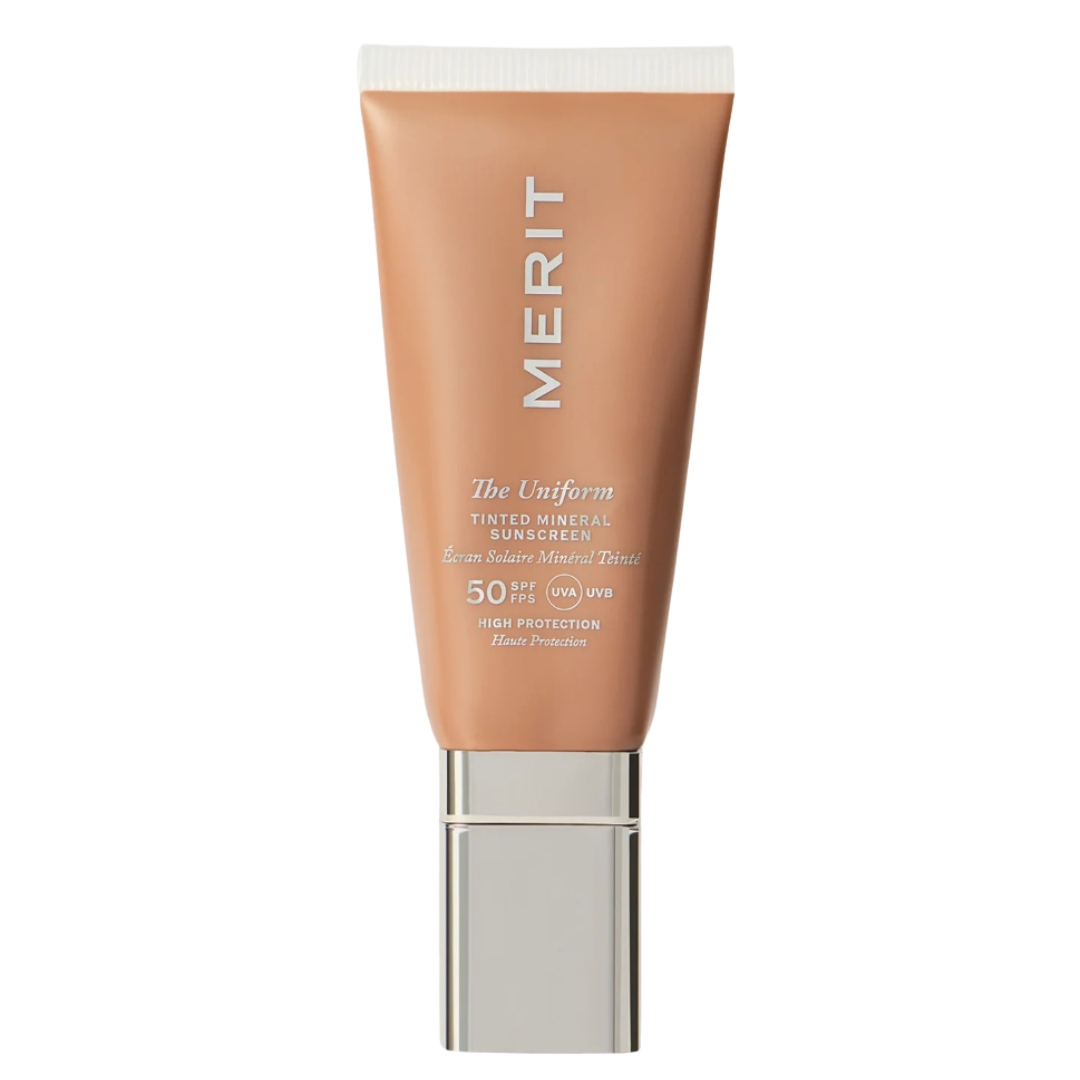
RRP: £34
One product, two benefits - Merit The Uniform Tinted Mineral SPF 50 is your base and daily SPF combined. Apply two pumps for a hint of coverage and high-spec protection.
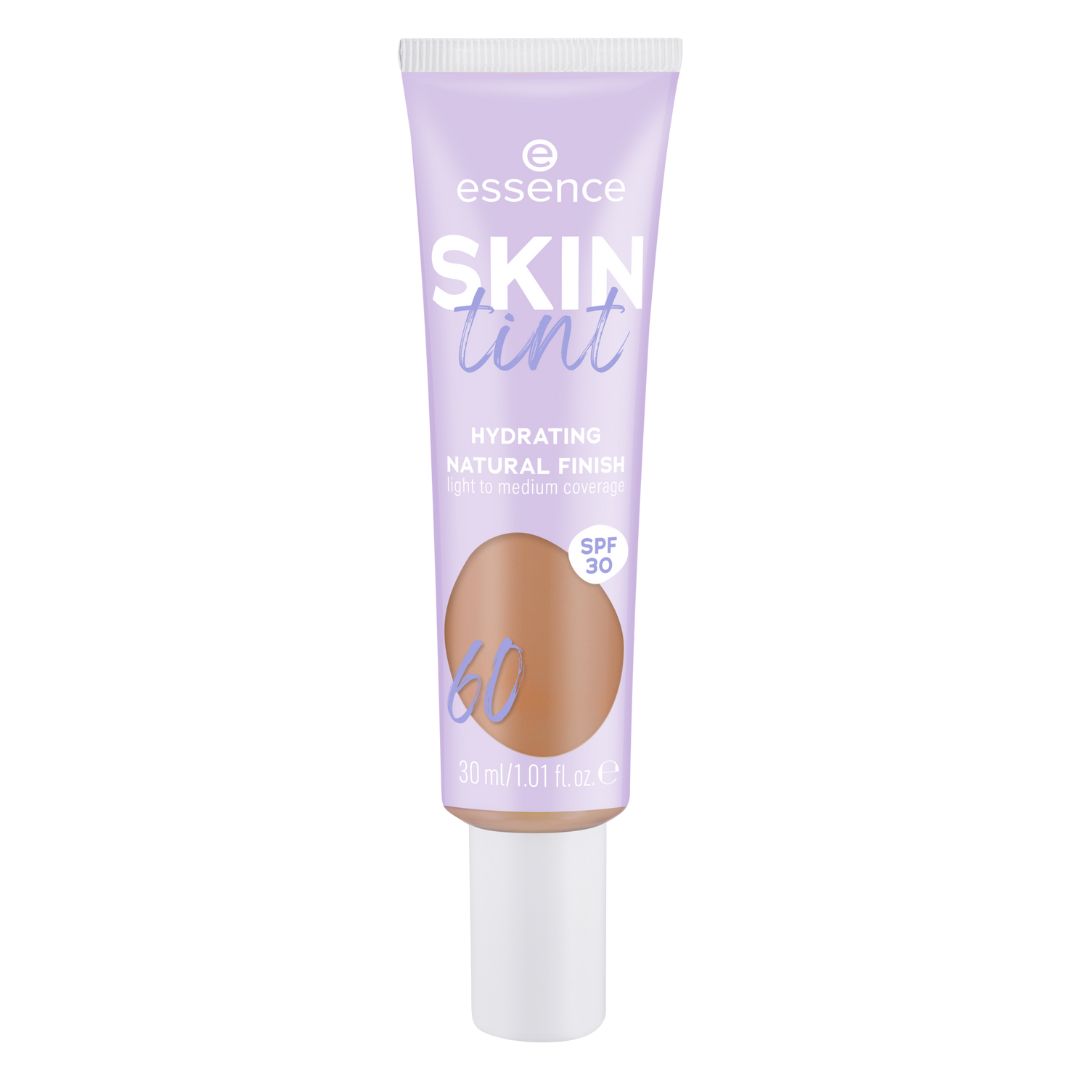
RRP: £3.95
This is a great formula for dry skin types, powered by aloe vera and hyaluronic acid to keep skin happy and hydrated, with a beautiful glowy finish.
6. Get handsy
When it comes to your desired finish, how you apply your foundation is just as important as what you apply. The tools you choose will impact how thickly the formula goes on and affect the coverage. Generally, brushes provide more coverage, while sponges give a lighter, more dewy finish.
Makeup artists often hail their fingers as their best tool. The warmth of your hands helps the make-up melt into every curve and fold, creating the most skin-like finish. Blend out from the centre of the face using the pads of your fingers until the foundation is invisible.
7. Consider your skin type
For mature, dry skin types, a tinted moisturiser or serum-foundation that has a skincare-led ingredients list will help to load on the extra hydrators your skin craves. Similarly, those with sensitive skin can check the back of the bottle for soothing actives like ceramides and squalane. CC creams are a great choice, helping to neutralise any redness and even out patchy skin tone.
Oily and combination skin types might worry they can’t pull off one of these light-as-a-feather foundations, but in fact, a lighter base is less likely to slip off than a heavy one, and won’t clog your pores if spots are an issue.
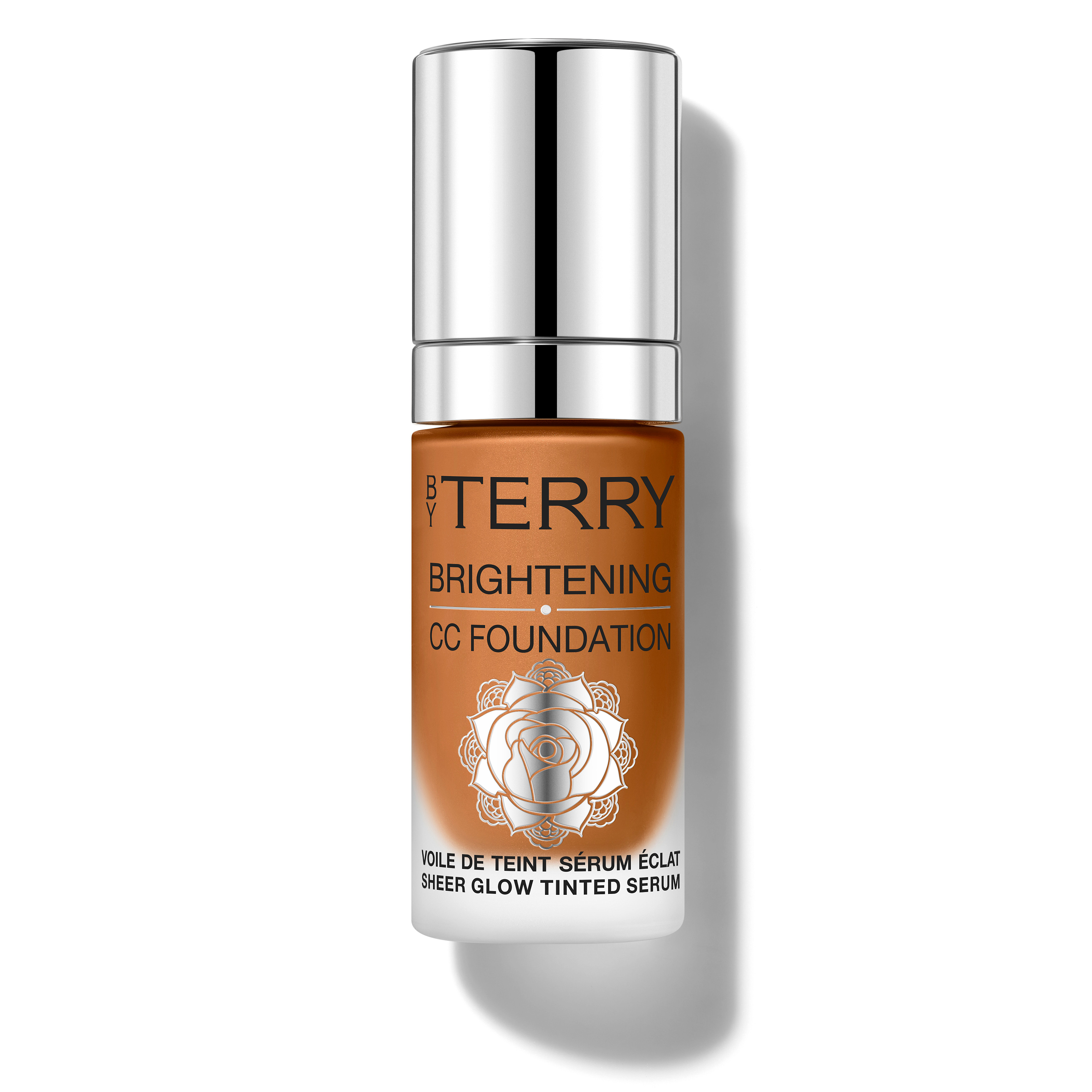
RRP: £62
This is a triple threat, with the potency of a serum, the glow of a skin tint and the colour-correction of a CC cream. Calming ingredients also help improve skin quality and brightness.
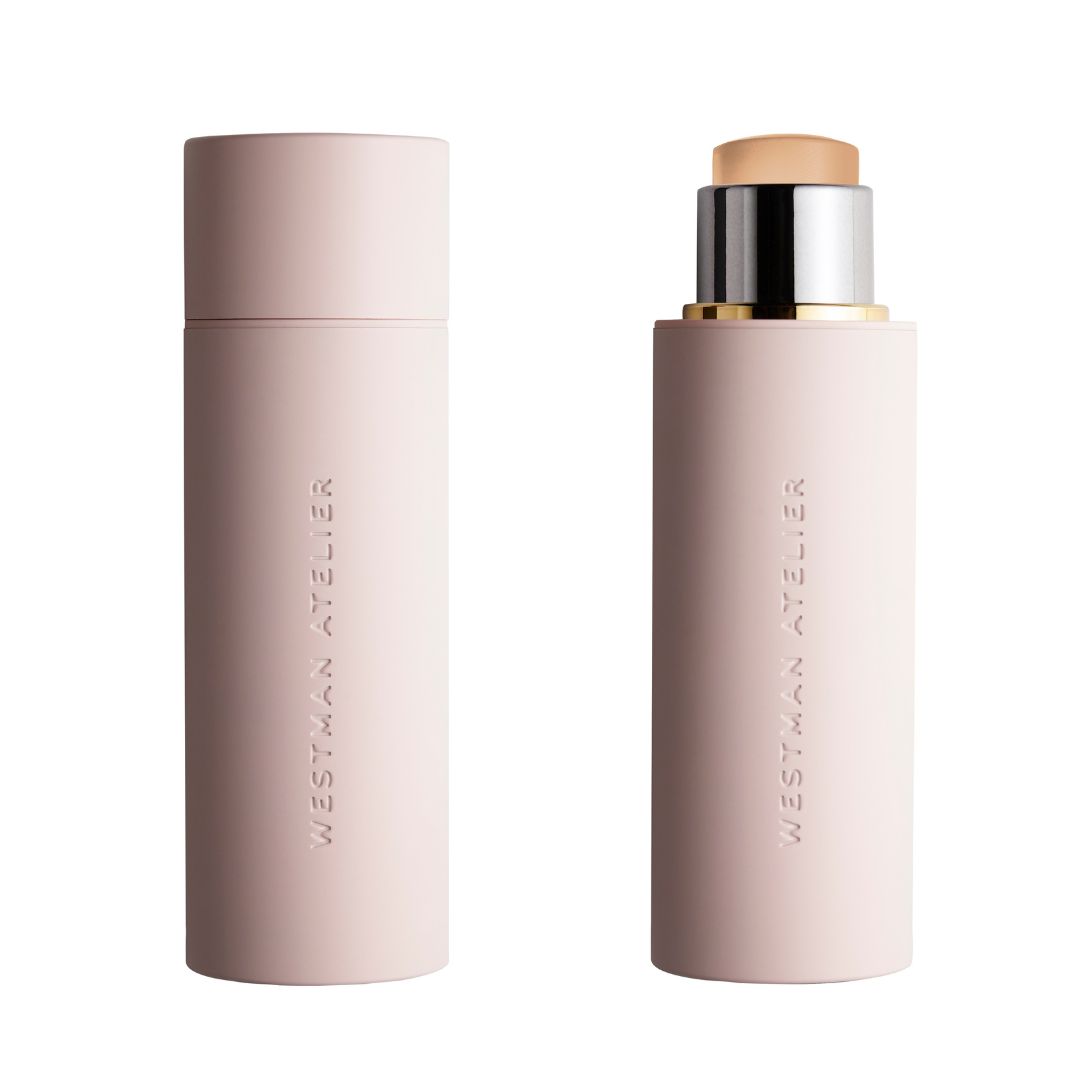
RRP: £62
With a buildable, medium coverage, this has the oomph to disguise redness and even out the complexion. However, it feels completely undetectable on the skin - you won't even know you're wearing anything.
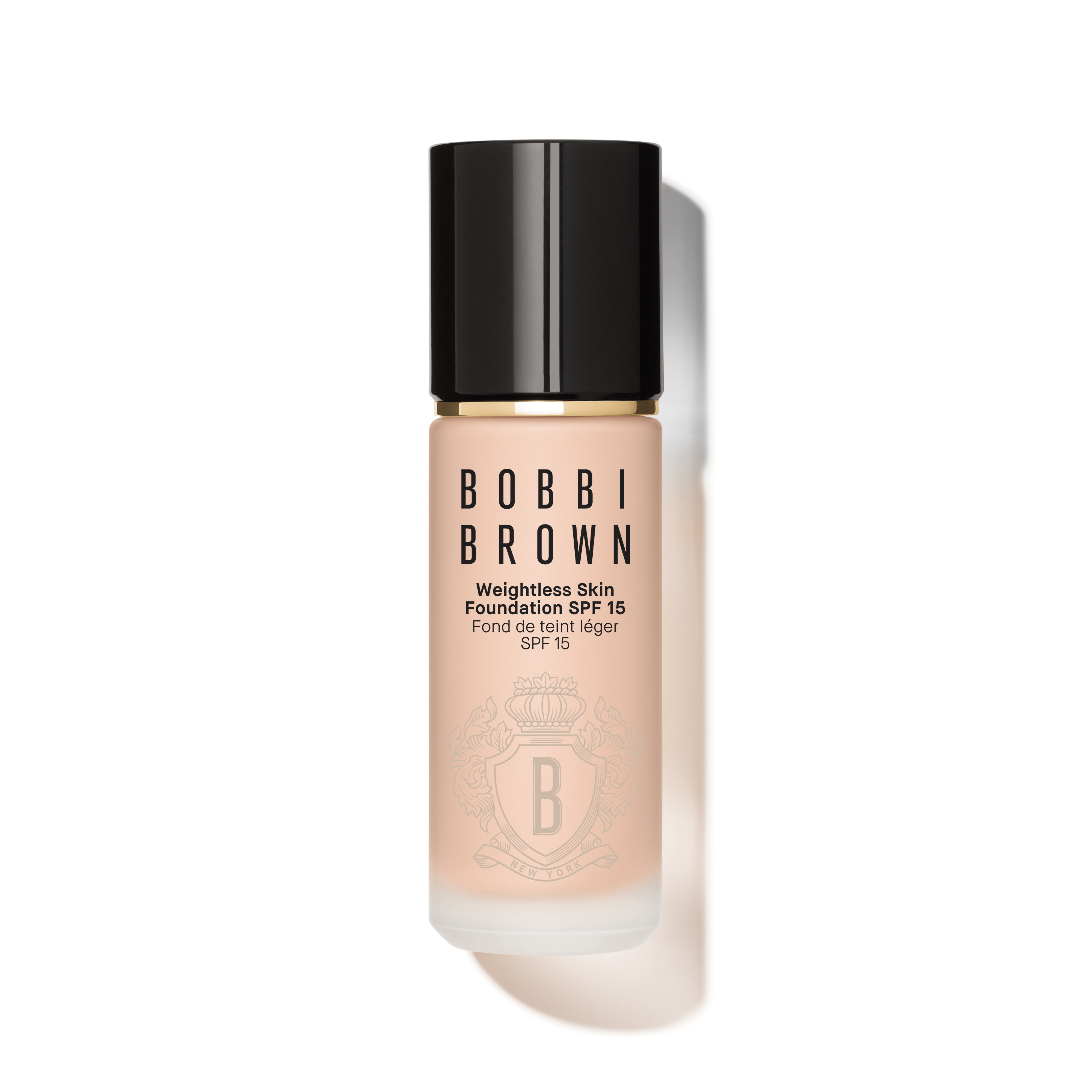
RRP: £43
Oil-absorbing silicas help to balance excess oil and control shine, creating a very natural matte finish. A hydrating complex keeps skin feeling fresh. It's also available in an impressive 53 shades.
Why is my foundation not working for me anymore?
If you wake up one day and suddenly find your favourite foundation is looking dull, caking in lines, and just not sitting right, it’s probably a sign you need to switch up your formula.
“As we age, we lose firmness, pores are much bigger, and skin is more likely to suffer from sensitivity, dryness and uneven tone with less glow and more wrinkles,” explains Lan Nguyen-Grealis. “Heavy foundations and powders may not suit anymore because they tend to sit on the surface of the skin, and can look uneven, crease in lines and flake off, especially on the drier parts of the face, around the nose area.”
Just as you might already change up your foundation to suit the season, it’s a good idea to check in to see whether a lighter, more moisturising formula may suit the changing seasons of your life and skin’s needs.
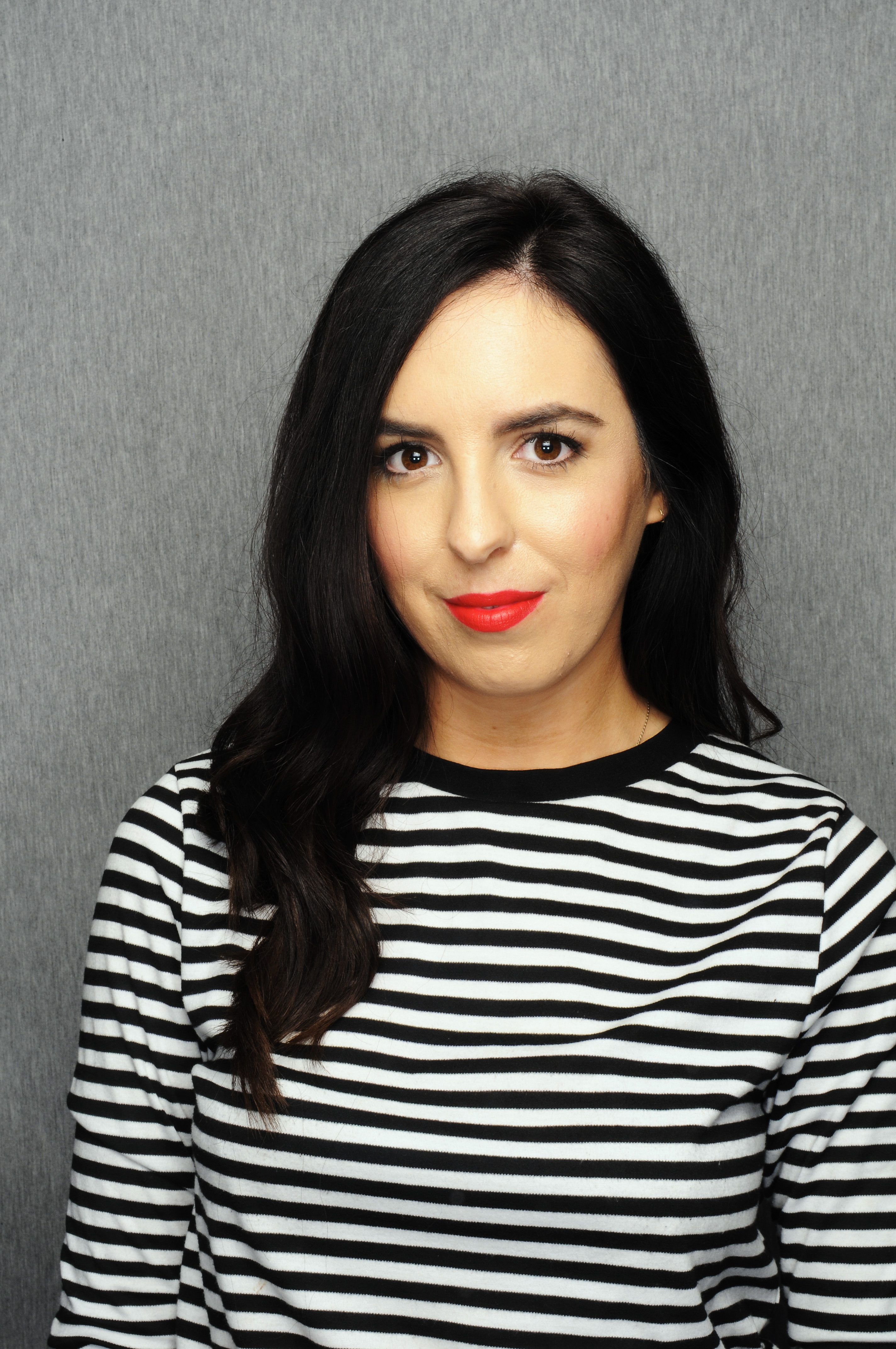
Stephanie Maylor is a Beauty Editor working across five national magazine titles, with almost 20 years' experience in the industry. She has written for many brands, including woman&home, Grazia, Now, More!, Fabulous, NW, Woman, Woman's Own, Woman's Weekly, Essentials, Best, Chat, and OK! online.
In 2010 she launched her own beauty blog, which was shortlisted for Best Beauty Blog in the 2011 and 2012 Johnson & Johnson Beauty Journalism Awards. She has interviewed many high profile industry experts and celebrities including Alesha Dixon, Twiggy and Christina Hendricks.
You must confirm your public display name before commenting
Please logout and then login again, you will then be prompted to enter your display name.